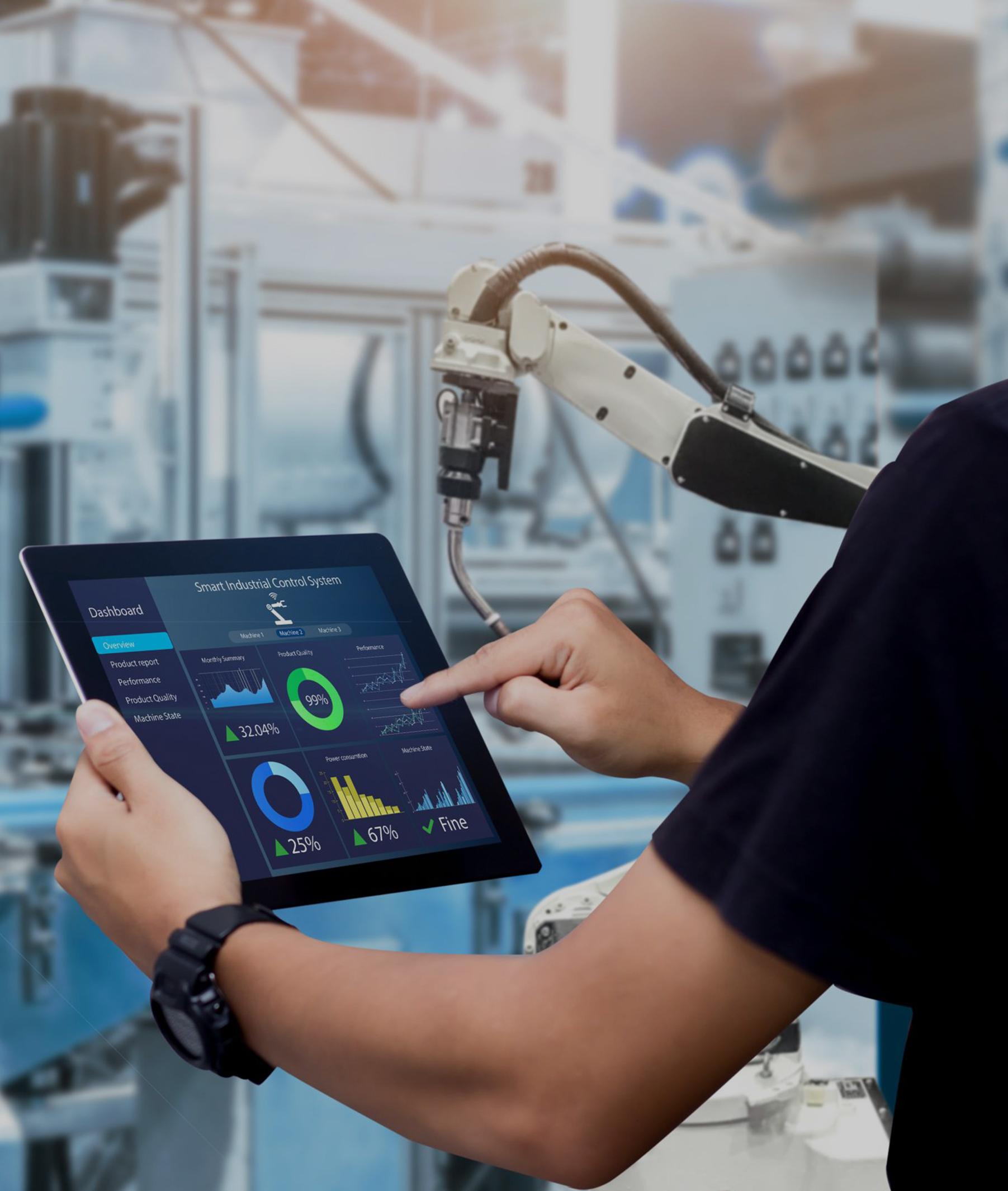
 |
Same Day Shipping for Stock Items |
|
DHL / Fedex / UPS / Aramex |
|
|
Professional one-on-one service |
|
100% brand new and original |
|
PROSOFT MVI46-MCM is a Modbus Communication Module designed for SLC 500 series controllers. This module is integrated with the SLC 500 PLC system through a backplane, allowing the SLC controller to communicate with devices that support Modbus RTU protocol. |
|||
Picture/Video
Get Products pictures or Video for Inspection|
Specification |
Product Image |
|
|
Brand Name |
PROSOFT |
|
|
Model Number |
MVI46-MCM |
|
|
Alternate Part Number |
MVI46-MCM |
|
|
Condition |
100% Original |
|
|
Quality |
Brand New |
|
|
Dimensions |
3.5x13x14.5cm |
|
|
Description |
Modbus Communication Module |
|
|
Package |
Original Package |
|
|
Lead time |
In Stock |
|
|
Shipping term |
UPS DHL TNT EMS Fedex |
|
|
Payment |
T/T (Bank Transfer) |
|
|
Service |
One- Stop Service |
|
|
Weight |
0.14KG |
|
|
Warranty |
12 Months |
|
ProSoft MVI46-MCM is a SLC Platform Modbus Communication Module. This module is developed by ProSoft Technology that is specifically compatible with SLC 500 processors. This module is a single slot module, compatible to any 1746 backplane, configured as local or extended rack. It has One (1) RJ45 (DB-9M with supplied cable) RS-232 only configuration port and Two (2) RJ45 RS-232/422/485 Application ports.
Description:
Part Number: MVI46-MCM
Model: Modbus Communication Module
Brand: Prosoft Technology
Condition: New & Original in Factory Packing
Factory Warranty: 12 Months
Common questions:
1.What are the main functions of MVI46-MCM module?
MVI46-MCM is a Modbus communication module for SLC 500 systems, supporting Modbus master/slave protocol and allowing SLC processors to communicate with Modbus RTU devices.
2.How does this module communicate with the SLC 500 controller?
MVI46-MCM performs data transmission through the backplane of SLC 500 and seamlessly integrates with the SLC 500 controller.
3.What are the supported Modbus function codes?
The module supports standard Modbus function codes, such as read/write coils, hold registers, input registers, etc. Specific function codes include 01, 02, 03, 04, 05, 06, 15, 16, etc.
4.How to configure MVI46-MCM module?
The module configuration is carried out through ProSoft Configuration Builder (PCB) software. Users need to define Modbus network parameters, node addresses, function codes, and data transmission configurations.
5.How many Modbus devices does the module support?
MVI46-MCM can communicate with up to 32 Modbus slave devices simultaneously, depending on the network architecture and configuration.
6.How to diagnose communication issues with modules?
The LED indicator lights on the module can be used to monitor the communication status, while the diagnostic function in the PCB software can be used to view error codes and status information. Ensure that the address, baud rate, and protocol configuration are correct.
7.What is the baud rate range of the module?
MVI46-MCM supports baud rates ranging from 300 to 115200 and can be flexibly configured according to network requirements.
NOTE:
1. The products quoted are brand new and original with a one-year warranty
2. Prices are ex works, for shipping calculations, Please send to my Email
3. Cooperation with the express delivery of DHL / Fedex / UPS / Aramex, etc,Delivery time is approximately '' 5 days '' from our warehouse to the destination country
4. Quotation validity: 30 days, if you need to extend, please reconfirm the price after 30 days.
5. Payment Term: 100% advance payment by bank transfer.
6. For the products '' in stock '' in the offer, our company can support video inspection
|
PM803F 3BDH000530R1 Base Unit 16 MB |
ACS880-01-038A-3+E200+K454+P904+R701 |
|
FI810F 3BDH000030R1 Fieldbus Module CAN |
MDX61B0022-5A3-4-00 + DFE32B + DBG60B-10 |
|
FI820F 3BDH000031R1 Fieldbus Module |
MCA 19S42-T20B0-Z0G0-KS5S00N-R0SU |
|
FI830F 3BDH000032R1 Fieldbus Module |
EPX30-920 X0000273301901 1117050 |
|
FI840F 3BDH000033R1 FI840F Fieldbus Module |
ACS800-04-0050-3+E202+K454+L509+N651 |
|
EI801F 3BDH000015R1 fildbus modul |
PGN + 300-1-AS-SD 37371406 |
|
EI811F 3BDH000020R1 Ethernet Module |
TC52 + 144469 |
|
EI802F 3BDH000016R1 AC 800F Ethernet Module |
8BVI0880HCS0.000-1 |
|
EI812F 3BDH000021R1 Ethernet Module |
MCA 17N35-SRMP1-Z0F0-ST5F10N-R0SU |
|
EI803F 3BDH000017R1 Ethernet Communication Module |
SC1200-6A F14-N-D-36 SC1200-6AF14-N-D-36 |
|
EI813F 3BDH000022R1 Ethernet Module |
KD 400/6/80/50 05691 430 |
|
CI801 3BSE022366R1 Communication Module |
DUMMY TJP 4.0 |
|
CI830 3BSE013252R1 Communications Interface Module |
FC-303P30KT5E20H1BG 131Z6546 |
|
TU847 3BSE022462R1 Termination Module |
K67 DRL132S4BE11/TF/ES7S |
|
AI820 3BSE008544R1 Analog input module |
IPC477C PRO 6AV7883-7AG20-6DA0 |
|
AI825 3BSE036456R1 Analog Input Module |
VFAS3-4185PC |
|
AI830A 3BSE040662R1 Analog Input Module |
CLV480-1010 1 024 066 |
|
AI835 3BSE008520R1 Analog input |
1PH7101-7JF20-0BB3-Z |
|
AI843 3BSE028925R1 Analog Input |
KSB transmission DFV 70 DL |
|
AI845 3BSE023675R1 Analog Input Module |
1021-AAB 1004862 |
NOTE: Moore Automation sells new and surplus products and develops channels to purchase such products. This site is not approved or endorsed by any of the listed manufacturers or trademarks.Moore Automation is not an authorized distributor, dealer or representative of the products displayed on this site.All product names, trademarks, brands and logos used on this site are the property of their respective owners.The description, illustration or sale of products under these names, trademarks, brands and logos is for identification purposes only and is not intended to indicate any affiliation with or authorization by any rights holder.
Our hours